Waste to Energy (also known as Energy-from-Waste or EfW) is the process by which non-recyclable, non-hazardous household and commercial waste is used as a fuel to generate renewable energy.
Waste to Energy (also known as Energy-from-Waste or EfW) is the process by which non-recyclable, non-hazardous household and commercial waste is used as a fuel to generate renewable energy.
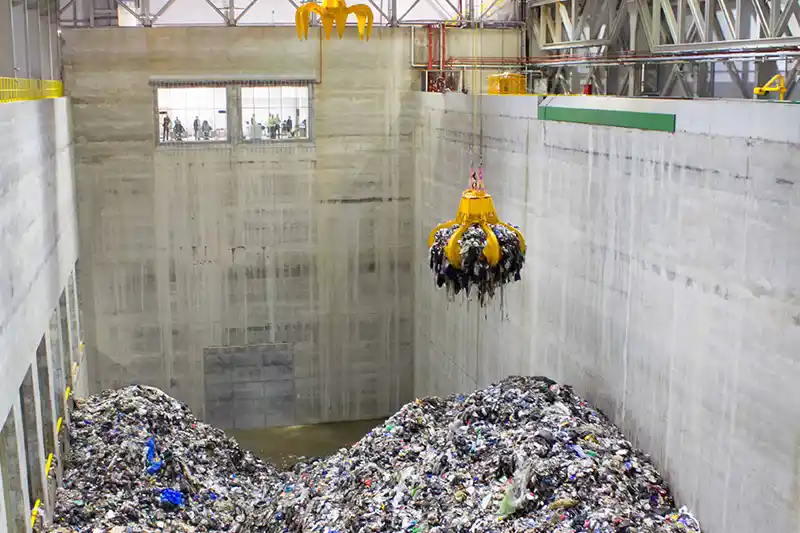
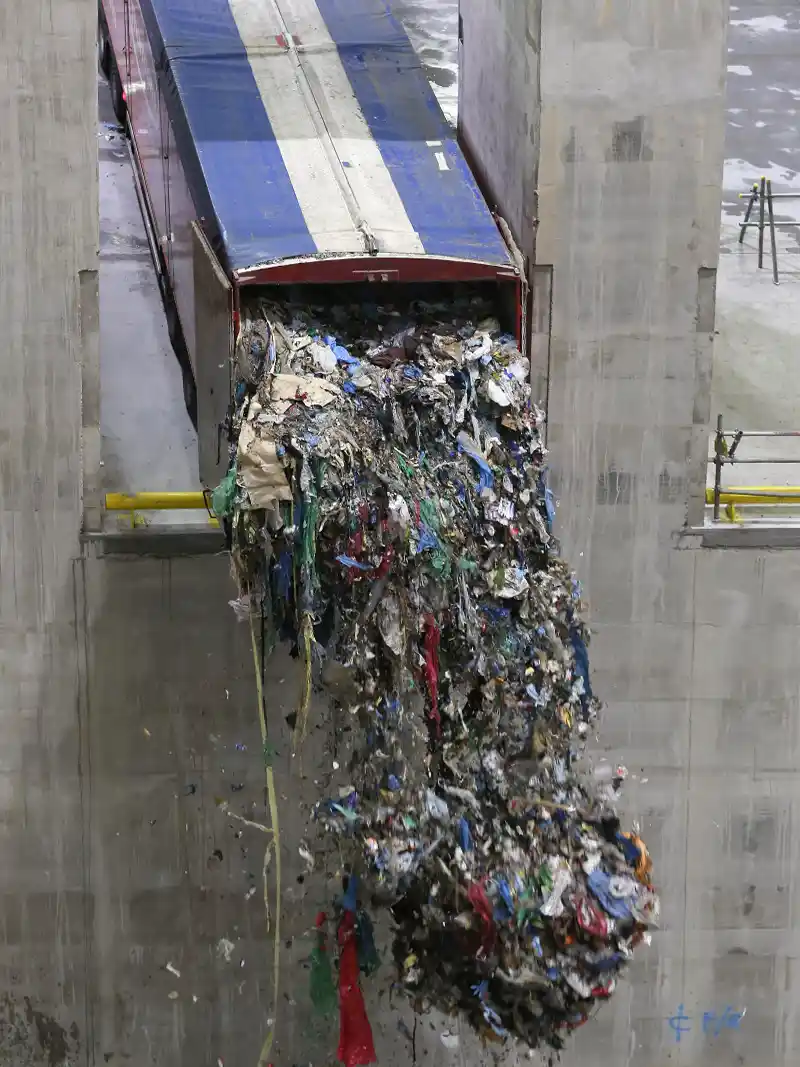
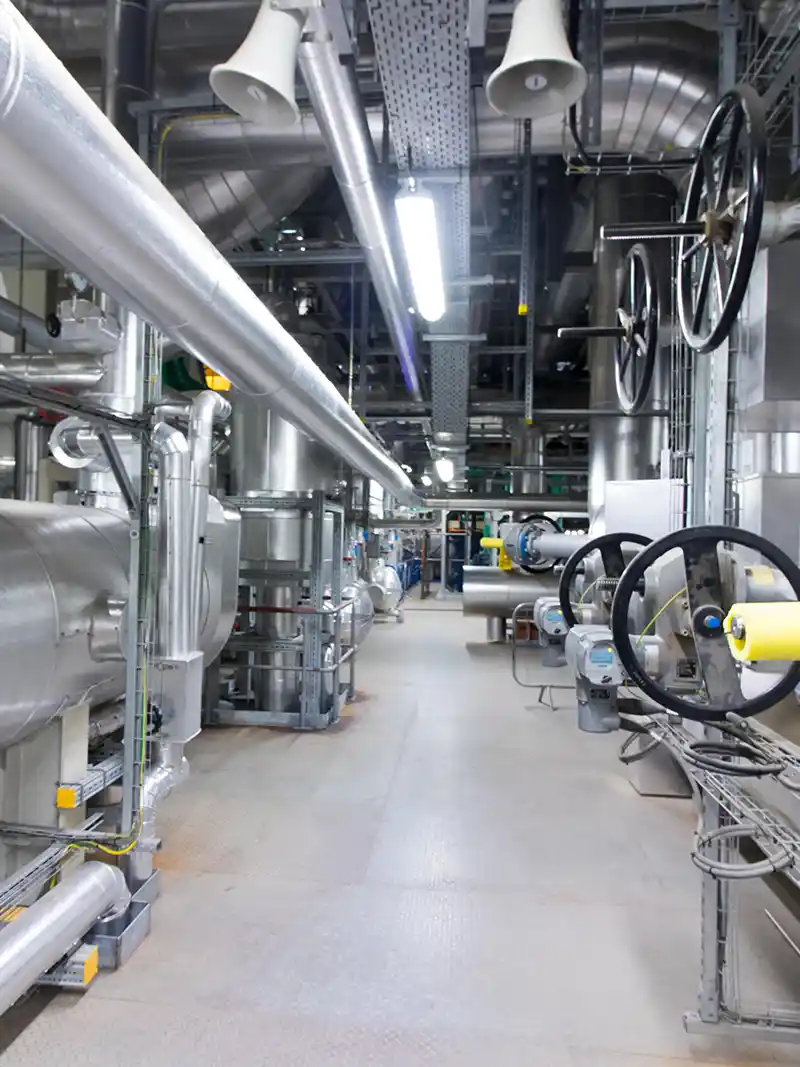
Residual waste is what remains after the separation of recyclable materials. Before the development of modern energy-from-waste technologies, most residual waste was sent to landfill.
Now the same waste can be delivered to energy recovery facilities. Upon arrival at the facility. the waste is weighed, inspected and tipped into a waste storage bunker.
The waste is then delivered into combustion chambers and heated to above 850°C. The combustion process reduces the waste to approximately 20% of its original volume, turning it into non-hazardous bottom ash (IBA). The process also heats up water in steel tubes within the boiler. The water is converted to superheated steam and delivered to a steam turbine that continuously generates electricity for onward transmission to the National Grid.
Emissions are filtered and cleaned before being released via tall flue stacks. The ash from the furnace is collected separately and taken away for recycling and metal recovery.
The circular economy aims to maximise the utility of products, components and materials at all times. In this way, waste does not have to be wasted.
Waste to Energy is accepted as a less harmful waste management solution than landfill and is widely deployed across Europe.
Waste to Energy is an important part of how many countries manage their waste.
Efforts to reduce, reuse and recycle waste are prioritised in most modern economies but WtE provides an efficient solution for what’s left, improving the circularity of materials and supporting the transition towards net-zero.
There are several advantages:
+
Diverting waste from landfill and therefore reducing environmentally harmful methane emissions.
+
Generating sustainable baseload electricity that reduces reliance on fossil fuels.
+
Facilitating district heat networks with the supply of hot water as a by-product of the WtE process.
+
Enabling recovery of reusable metals.
+
Providing inert ash as a source material for aggregates and other construction products.
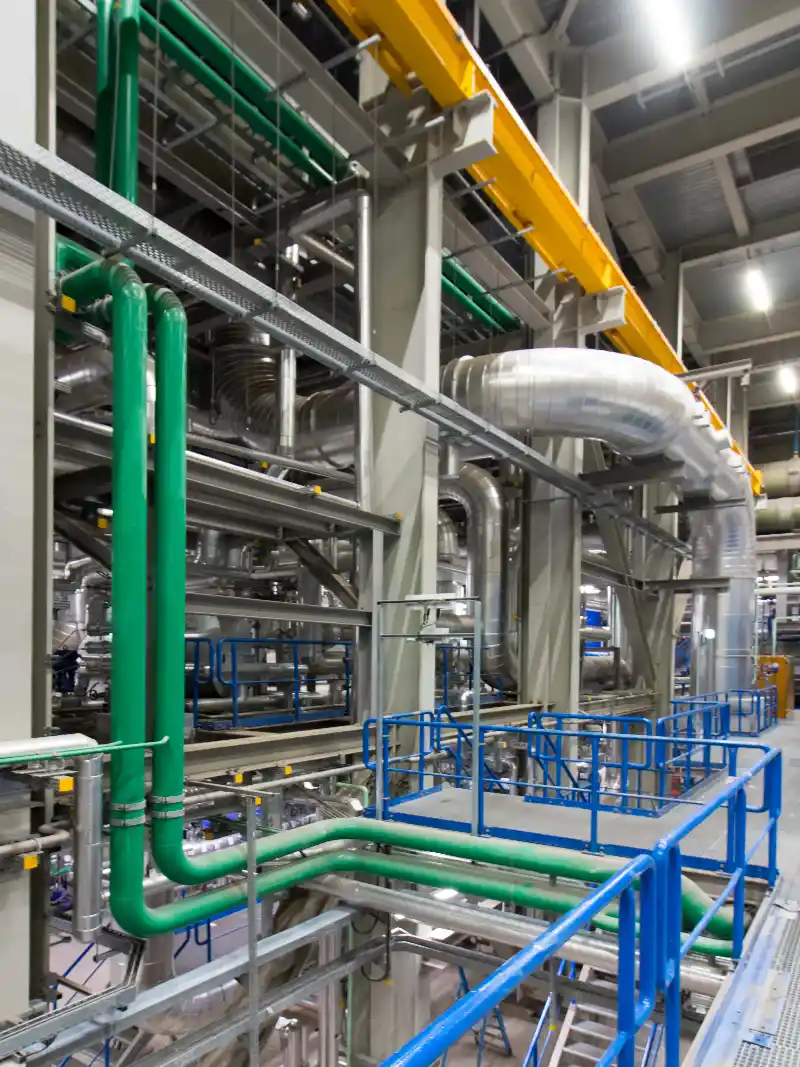
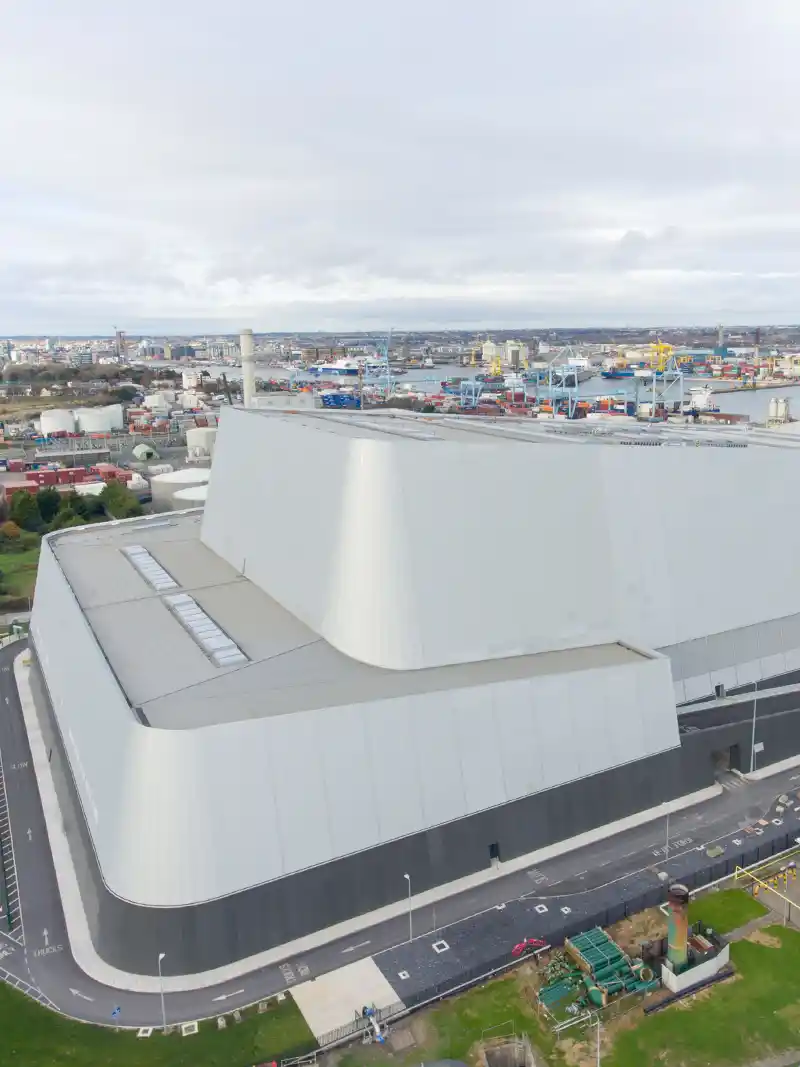
The circular economy aims to keep products, components and materials at their highest utility and value at all times. Waste does not have to be wasted but can be used as an input for another process. In accordance with the waste hierarchy, waste reduction, reuse and recycling should be prioritised, but for remaining materials, energy recovery has an important role. Nearly every step of a circular economy requires an energy input and recovering energy from leftover waste can help meet this need. In addition to energy recovery, the post-combustion ash arising can be recycled as a construction material, and the hot water produced by the combustion process can be directed into district heating networks.
No, EfW does not interfere with recycling. In fact, experience and data collected in the European Union and the US show that EfW and recycling work well together. In many EU countries, EfW and recycling have grown together because of policies that minimise landfills. The European Environment Agency says there is no evidence to support the argument that energy recovery hinders the development of recycling. The EU countries with the highest recycling rates all use EfW extensively to process waste left over after recycling.
The facility operates 24 hours a day, seven days a week. Waste deliveries are only accepted Monday to Saturday, 8am to 10pm
Waste deliveries arrive via the M50 and the Dublin Port Tunnel, except for waste arising from the central area, as defined in the Environmental Impact Statement. Fixed routes have been introduced to limit the impact of the plant on residential areas in the vicinity and along access routes.
The waste primarily comes from the Dublin region and also from the newly formed Eastern and Midlands region in which the facility is located.
The facility is licensed by the Environmental Protection Agency under the Industrial Emissions Directive (IED) and is required to meet stringent emission requirements in line with any power plant of a similar scale. Air pollution control equipment allows improved performance over the emission requirements of the IED Licence. The Air Pollution Control system implements the very essence of Best Available Technology capable of going well below the present European limits. Strict reporting requirements to the Environmental Protection Agency (EPA) ensure full transparency of the facility’s performance, and summaries of the plant’s emissions performance are provided on this website.